The Key to Keep Kids Conscious in Classrooms
Best Methods in Modern Education
April 12, 2023
Methods of education constantly evolve and improve. Still today, professionals study effective academic programs that can maximize student learning. Though individuals differ case by case, some academically proven ways enhance comprehension. Personally, I find these three tools productive with all subjects: projects, experiments, and interactive lectures.
To start off, project-based education comes hand-in-hand with cooperative learning, especially so in the field of liberal arts. As my all-time favorite approach, projects allow students to produce original work and expand the creative mind. Instead of relying on generic textbook ideas, we can think outside of the box.
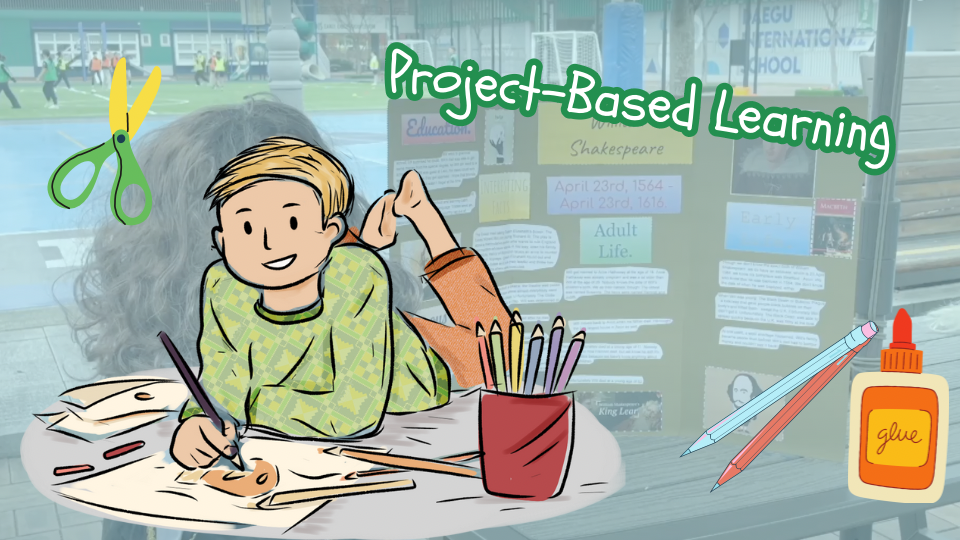
Common English projects include book clubs, trailers, posters, and brochures. High school English teacher Ms. Loutsch said, “I have seen students that are not very engaged when we do a class novel, but in a book club, they are suddenly debating and arguing because they are in smaller groups and they feel more comfortable, held more accountable. They can be part of that group and share.” Personally, class novels can be a chore, while book clubs serve as an incentive because of the influence of my teammates and the freedom to choose a project on a topic I genuinely enjoy.
Experiential learning comes from hands-on activity, observation, and reflection. Prevalent in science classes, it primarily consists of experiments and studies conducted solely by students with minimal guidance of a teacher. Not only can we actively participate in acquiring knowledge, we can also ask our own questions before books throw empty answers at us.
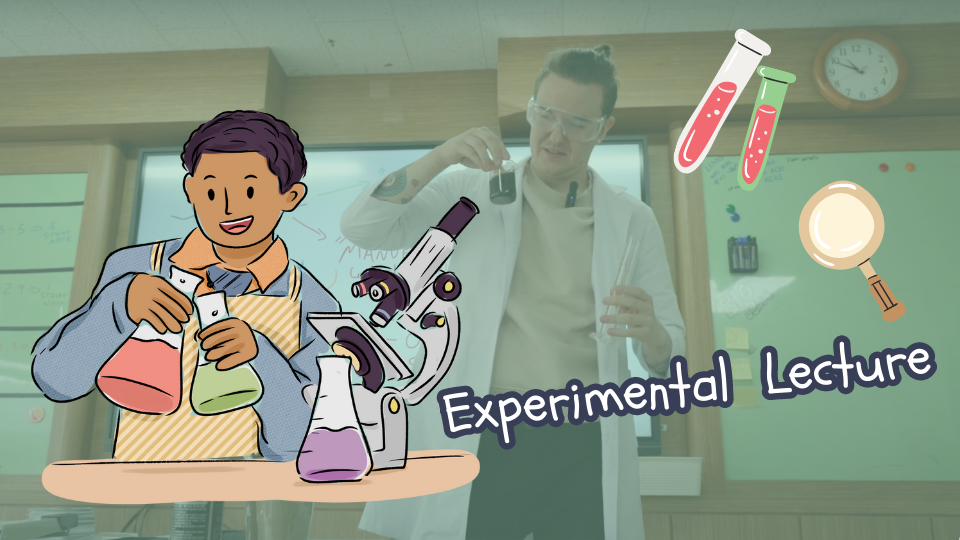
Mr. Cameron, the middle and high school science teacher, said, “I think it is very effective. Research shows that students learn best when experiencing things and not just hearing about things. Science is done in the real world by doing science.” In my 8th grade physical science class, I learned the concept of air pressure through an active observation of how a balloon expands and deflates with pressure. This allowed me to better understand the science behind an everyday phenomenon.
Interactive lectures, another form of cooperative learning, have breaks for activities in between. This method can enhance understanding of deep concepts with immense detail, such as chemistry, biology, calculus, and physics.
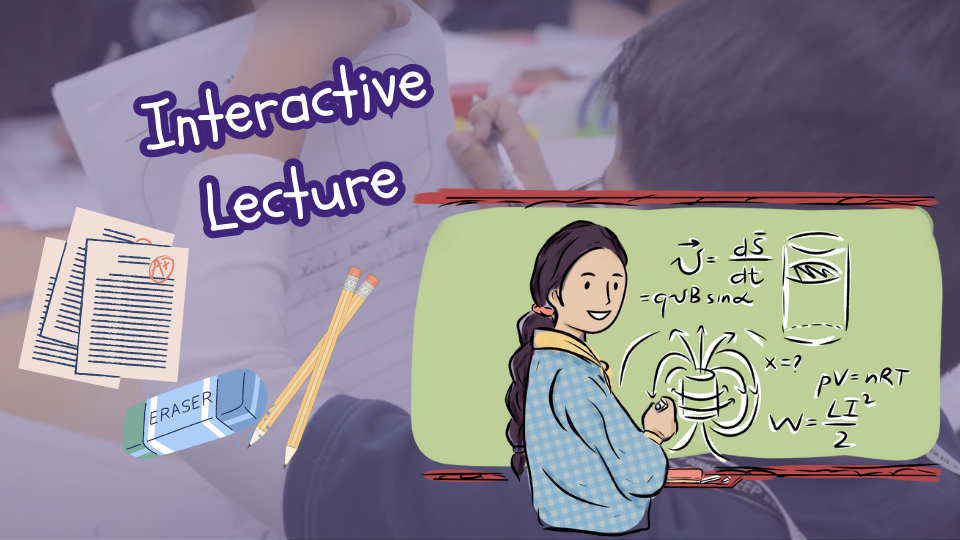
Although lectures can appear drab, such explanations are a prerequisite to an experiment. Ms. Lualhati, another middle and high school science teacher, stated, “I do lecture discussion in chemistry because there are so many concepts and abnormalities. I would like those concepts to be very clear to students, so I am very serious with chemistry.” I also realized in 9th grade biology that lectures are key to understanding concepts such as the regulation of the cell cycle.
I found content-heavy concepts in biology and physics easier to ascertain with an interactive lecture, while other phenomena were better grasped with experiments. A mixture of these lessons may be the best stance for STEM, while project-based learning is most suitable for History and English classes.
We all learn in different ways, but project-based, experiential, and interactive lessons reign supreme as the most effective to master strenuous concepts. I can’t deny that learning about mitochondria requires lectures, but in order to understand the relationship between motion, velocity, and acceleration, sometimes you need to drop a pumpkin from the dorm rooftop.

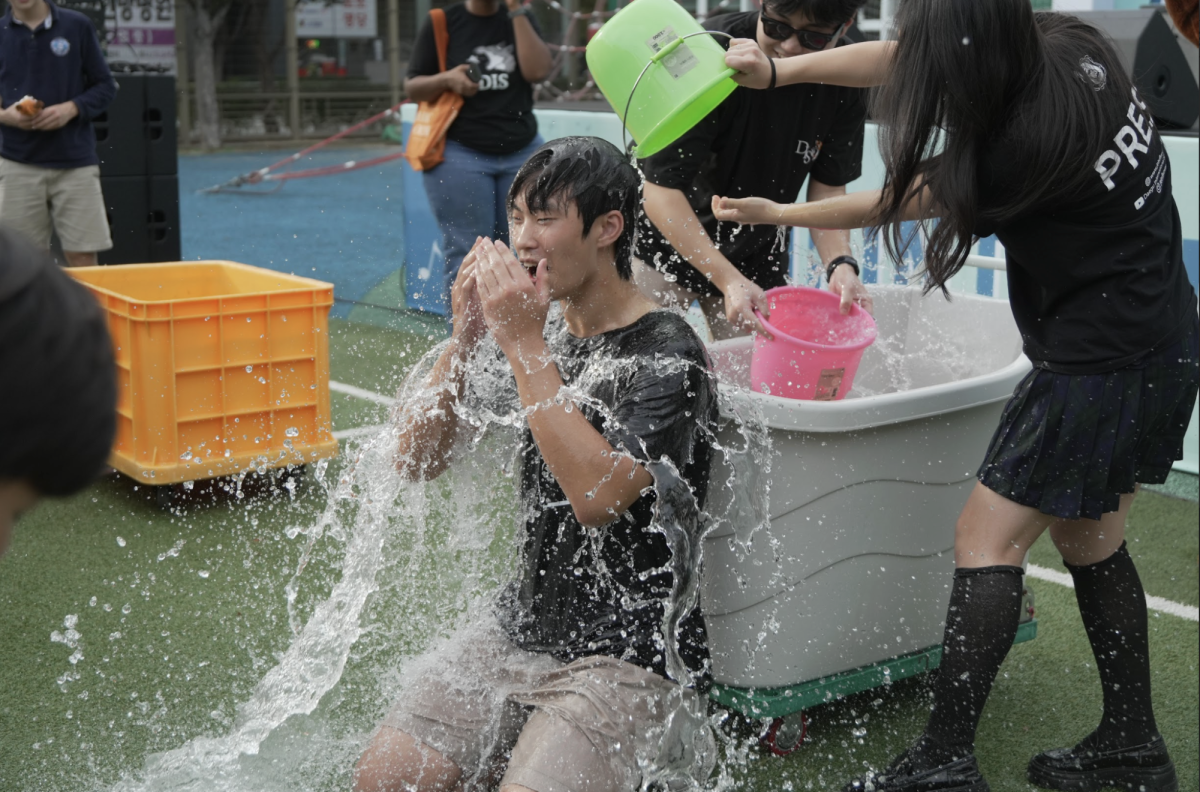

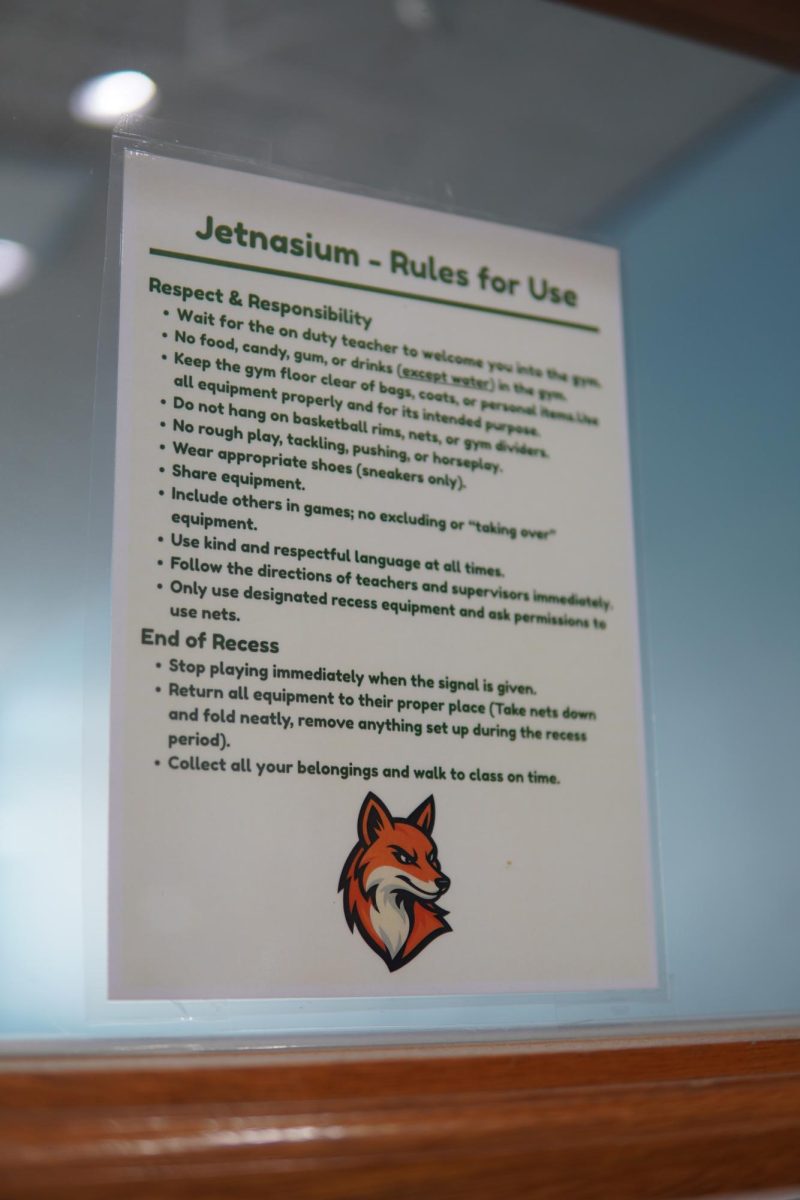
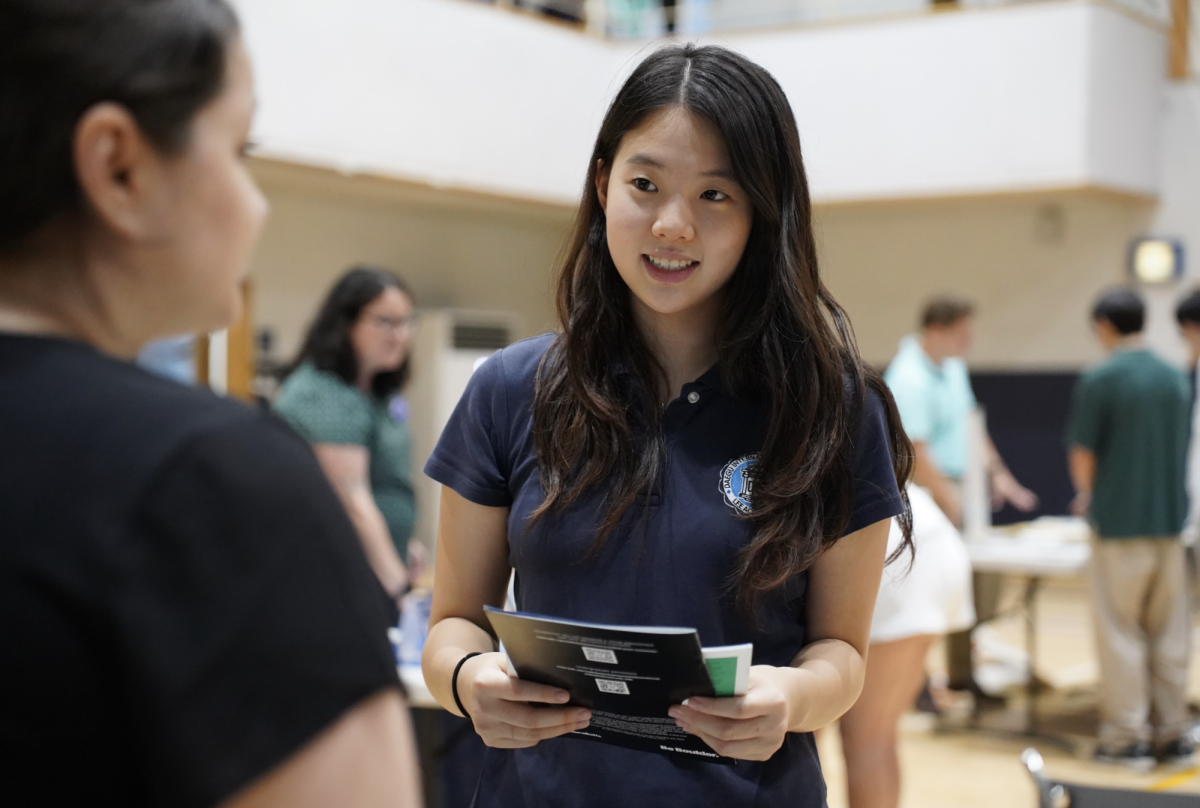
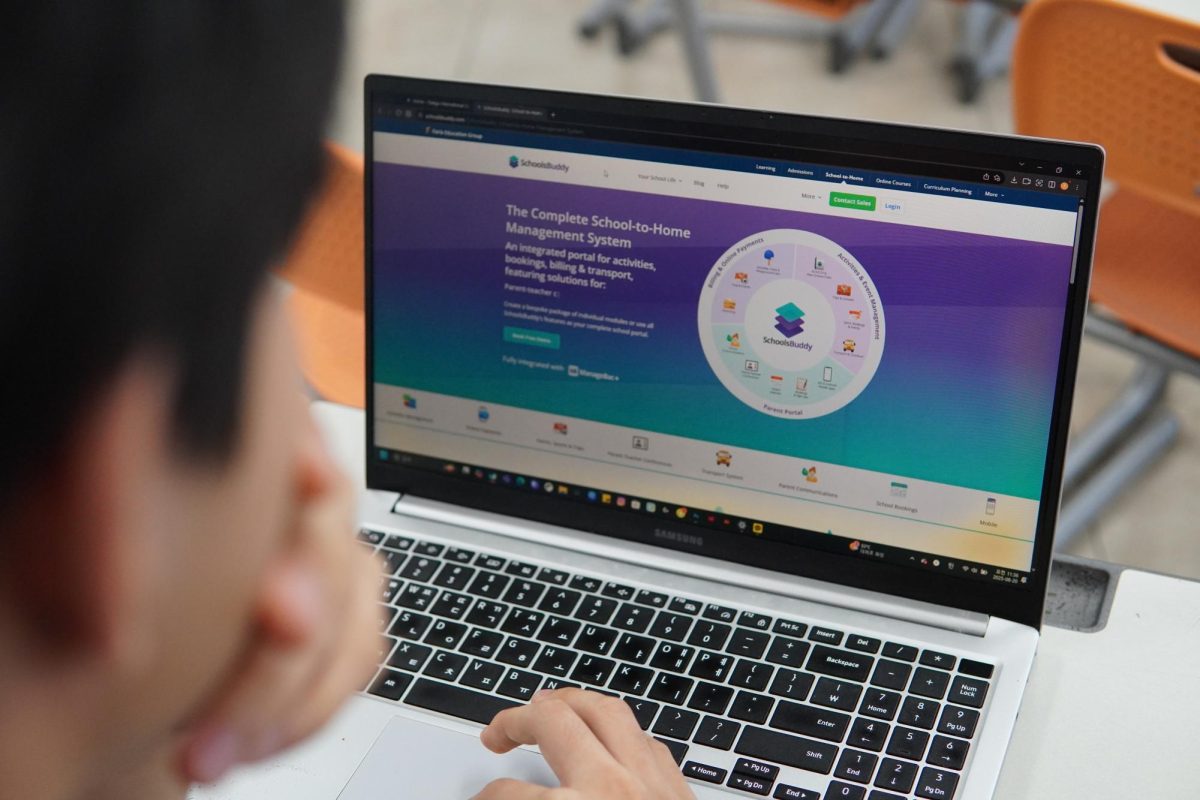



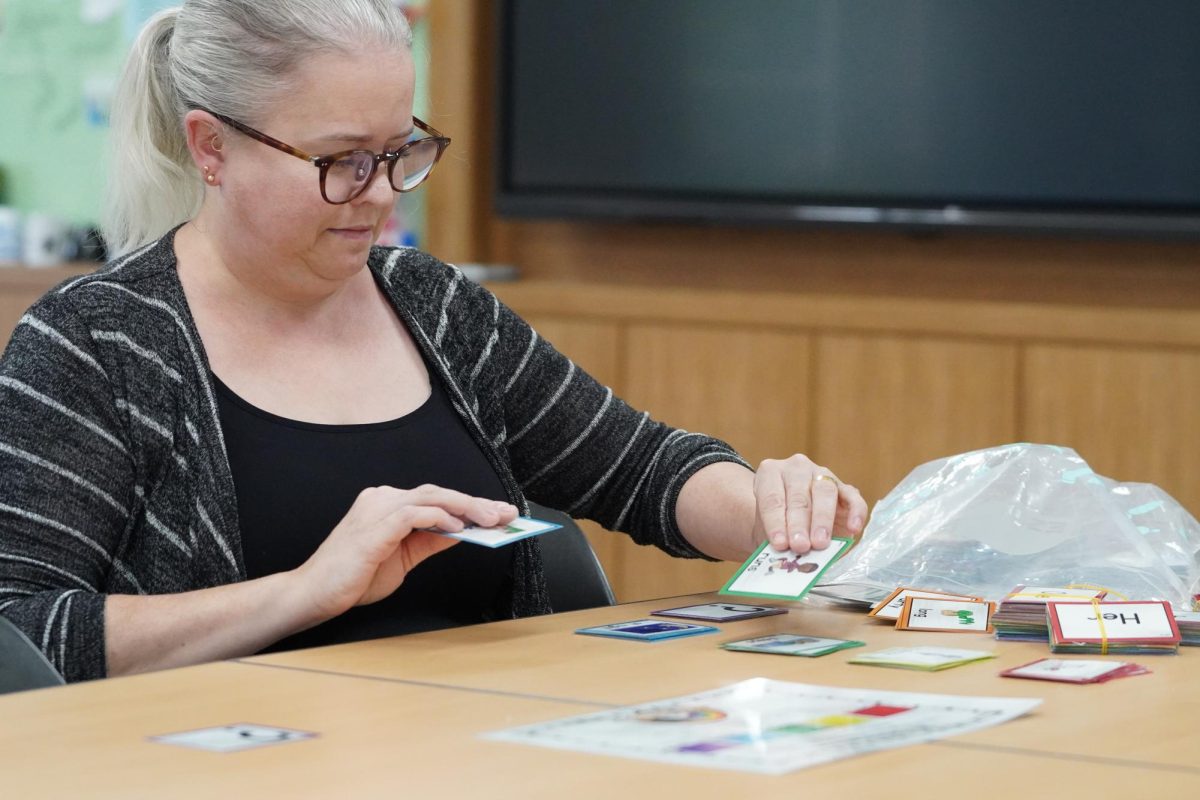
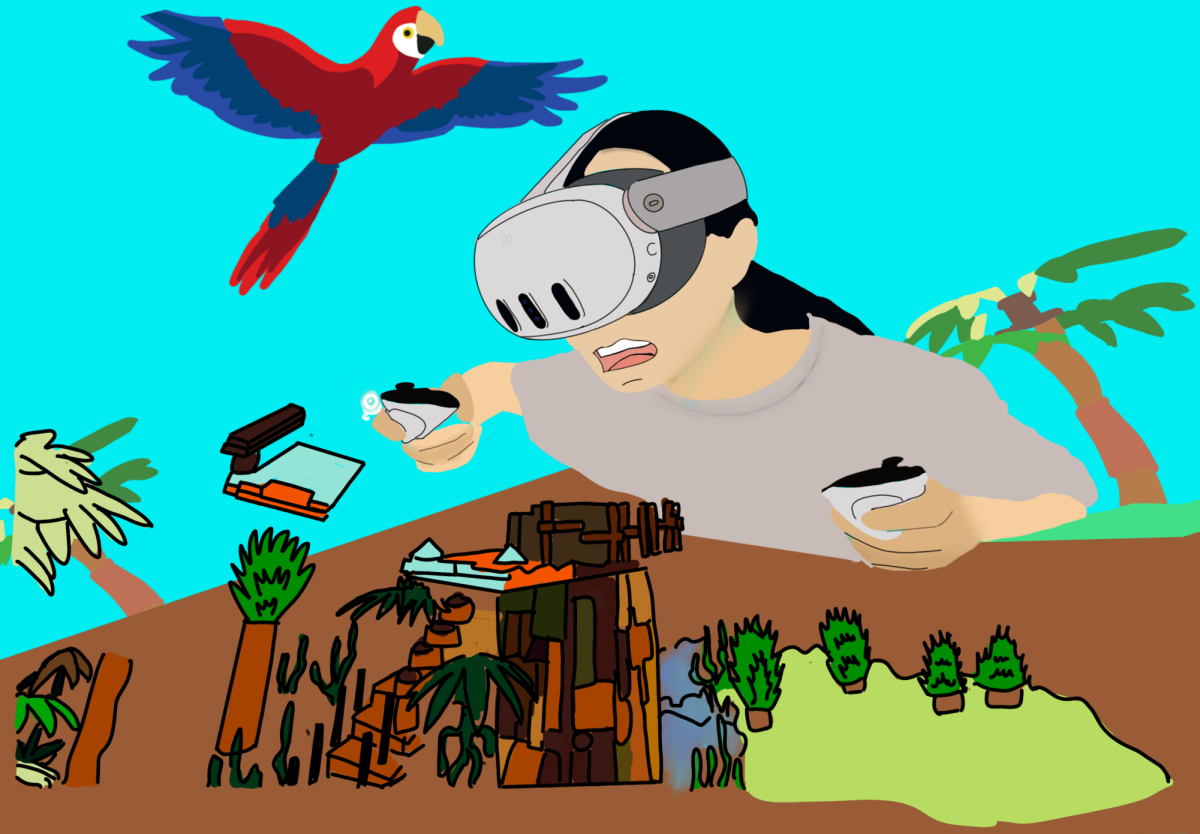

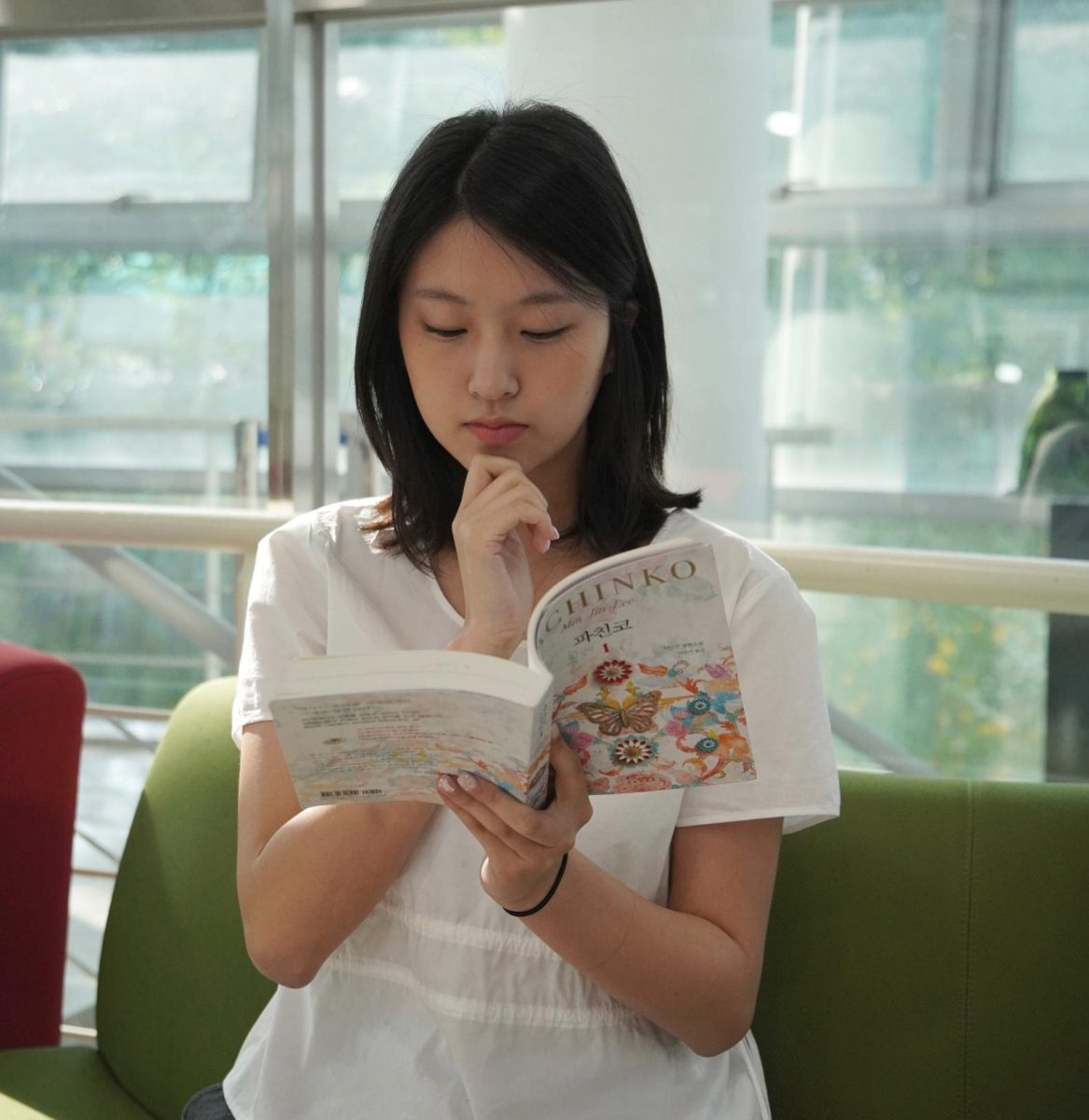
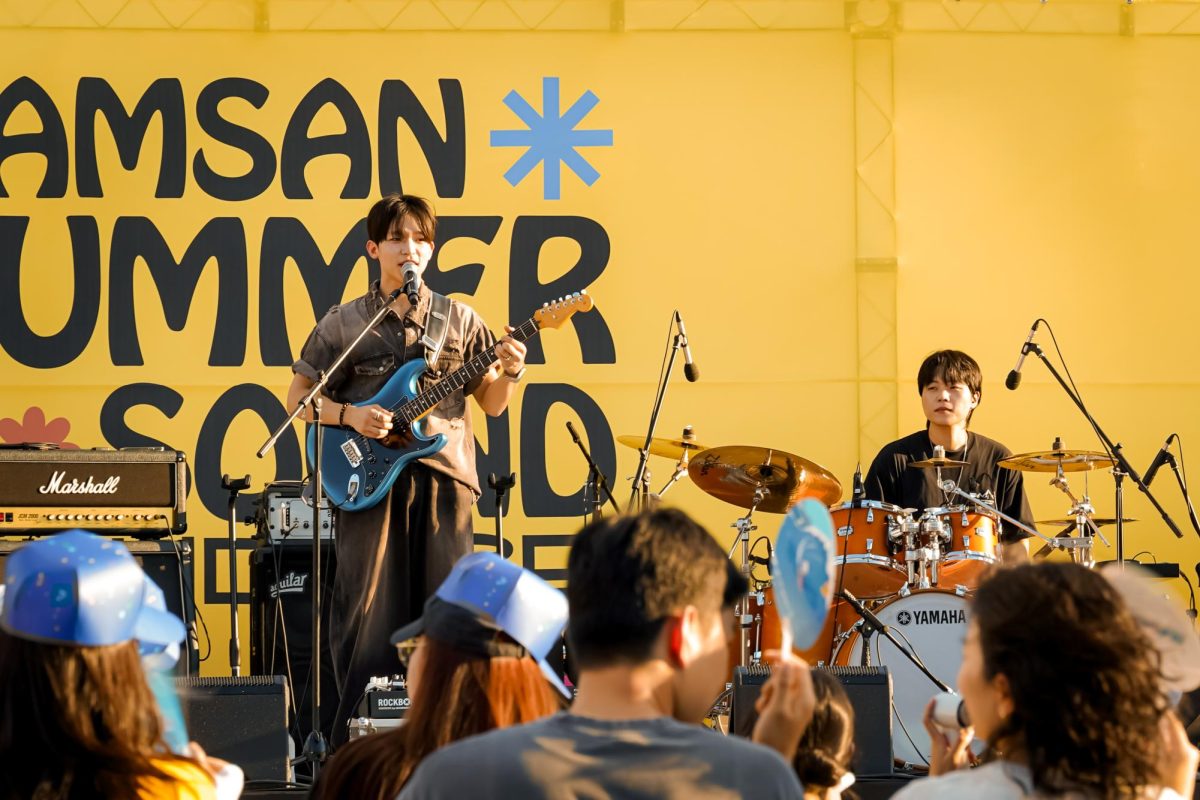
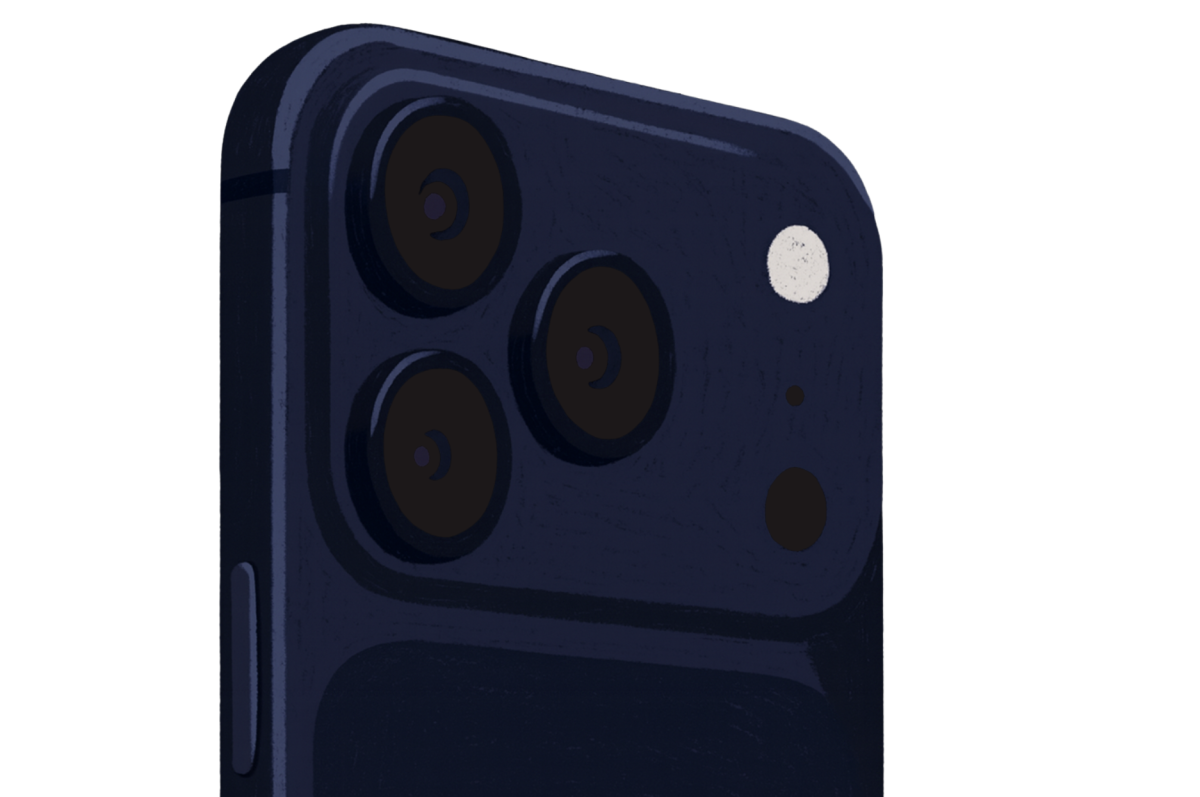



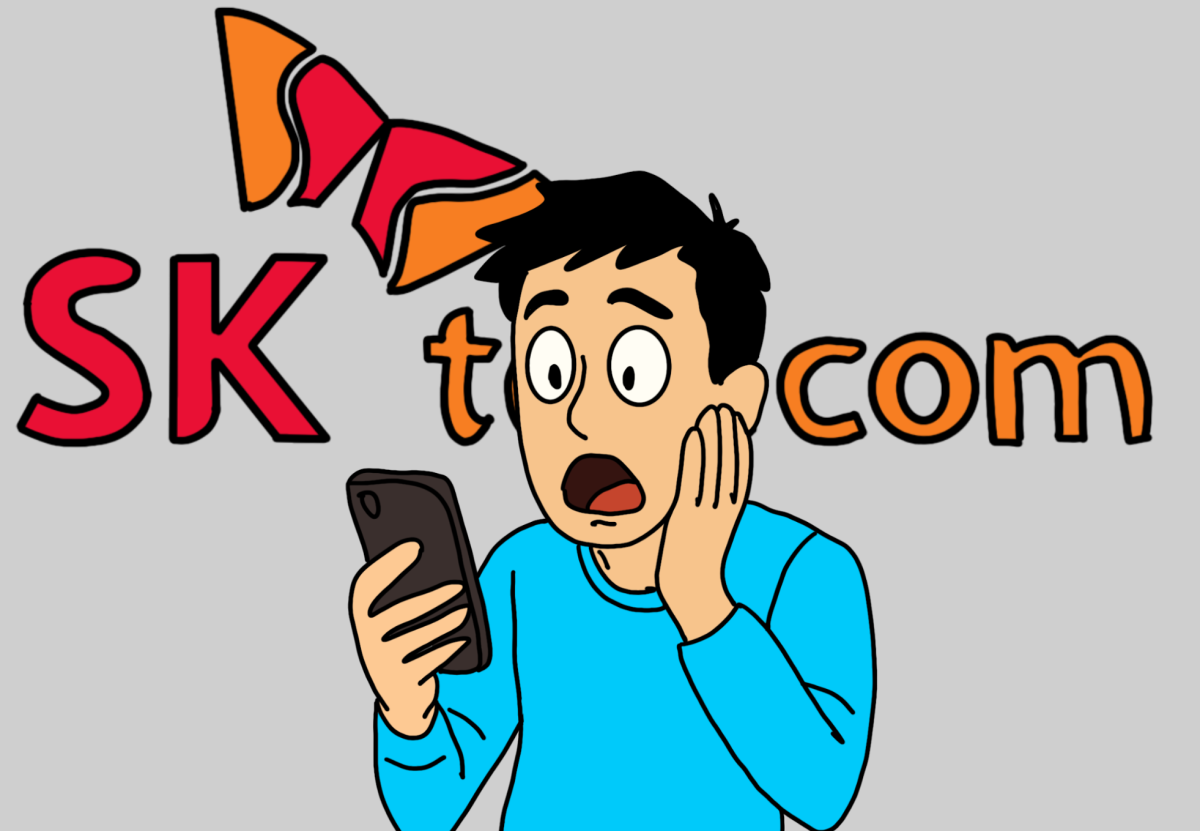



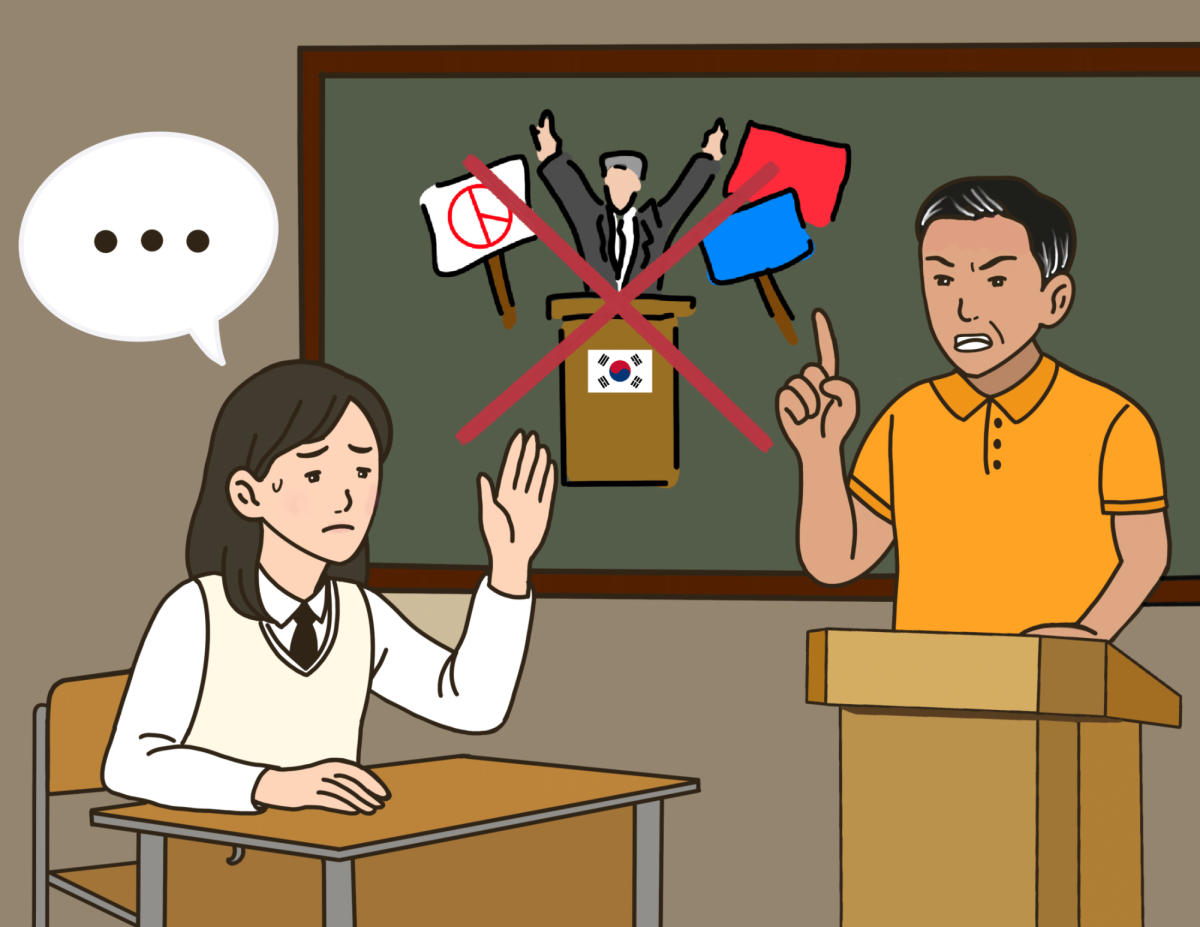


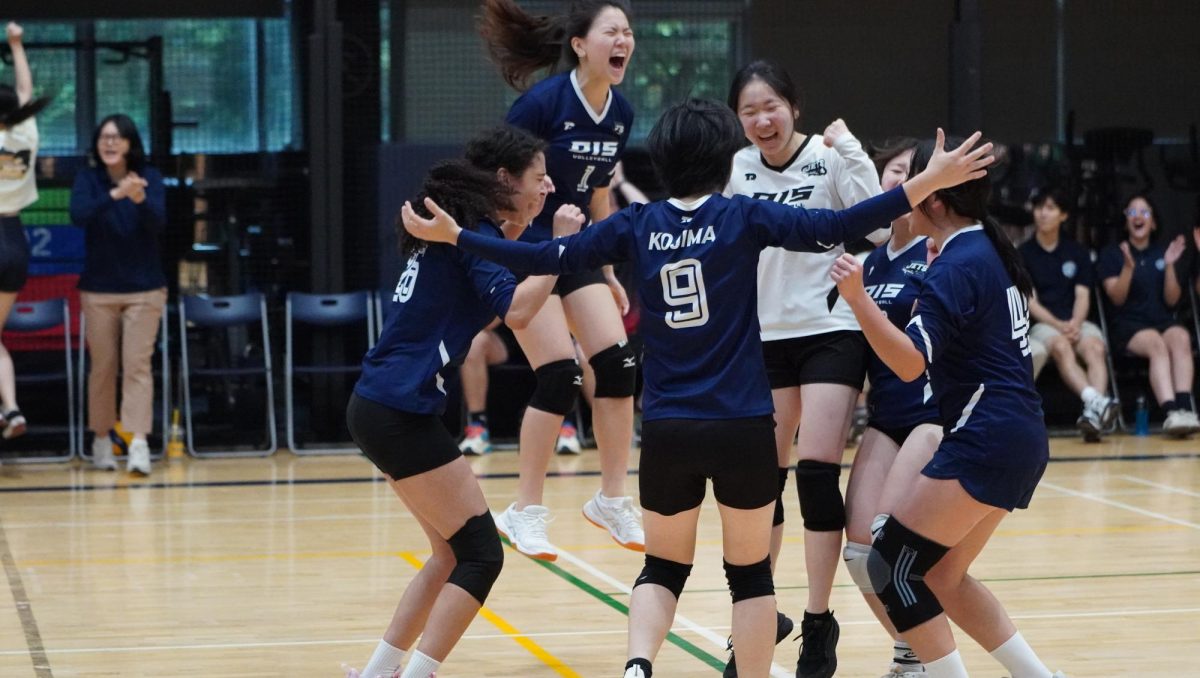
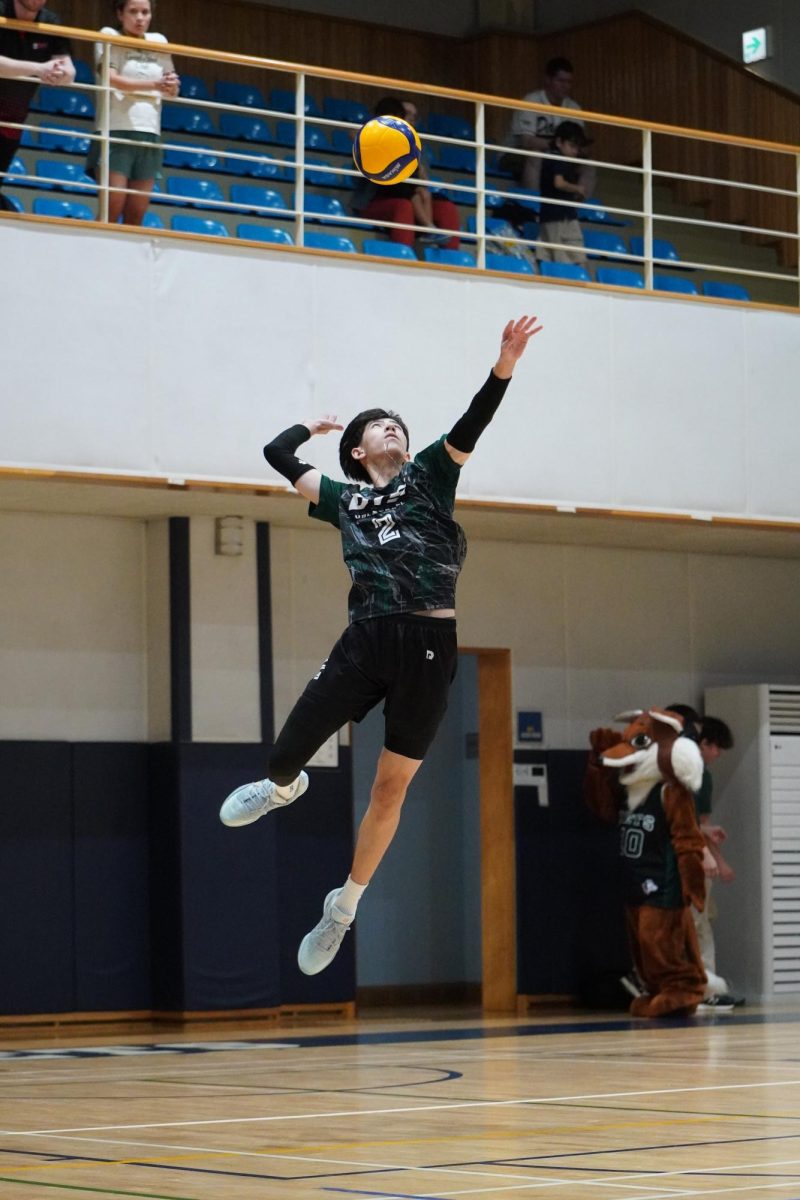
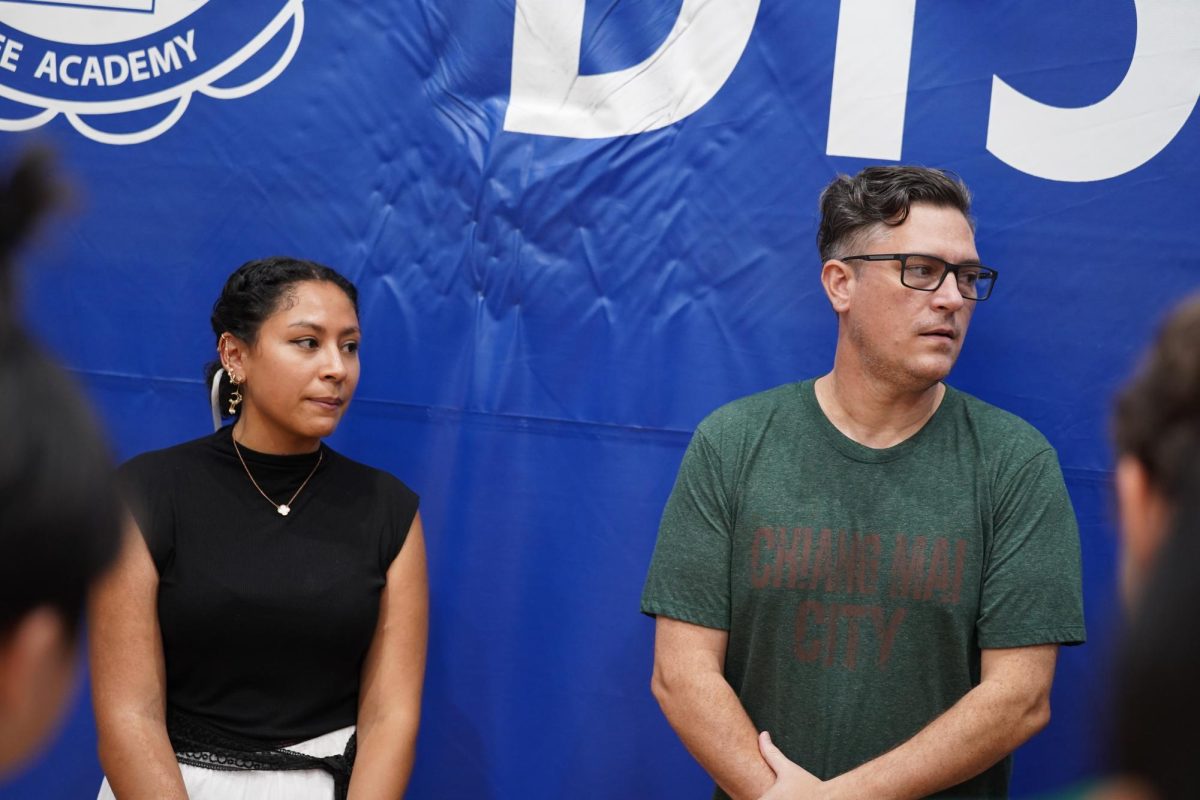
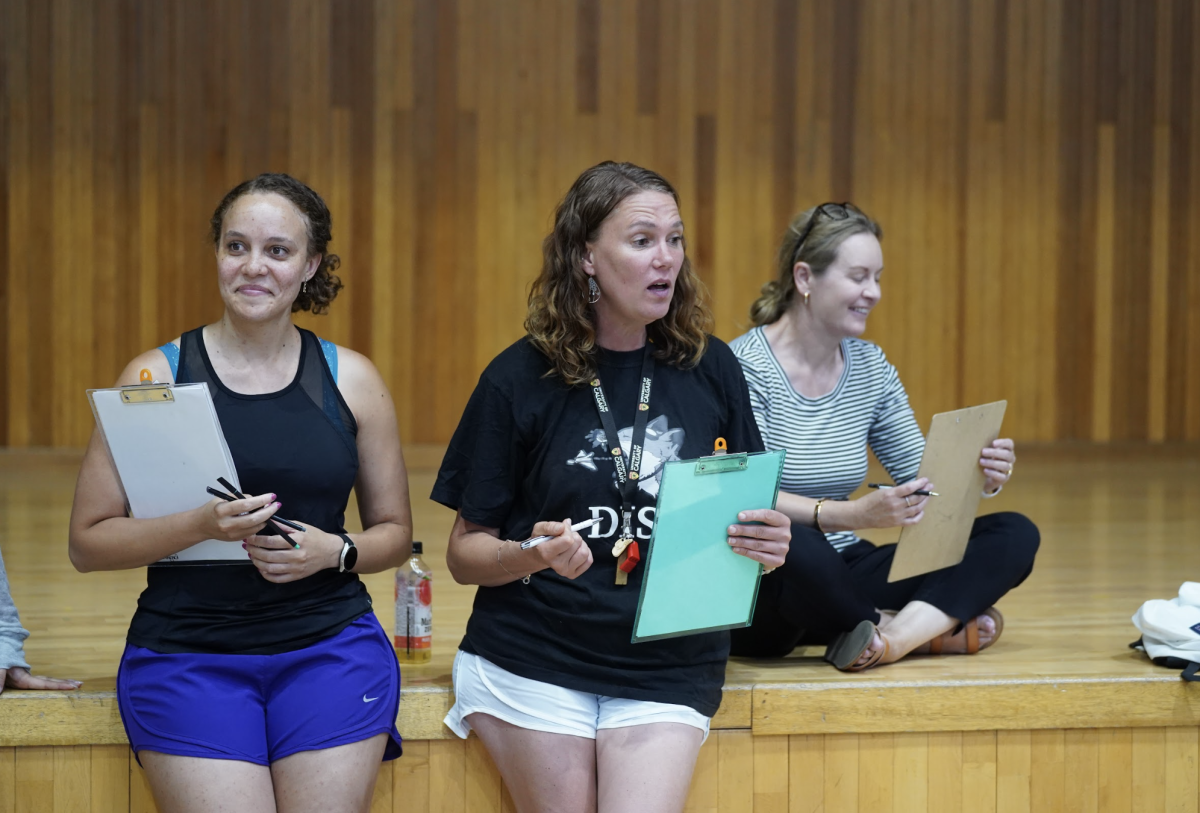



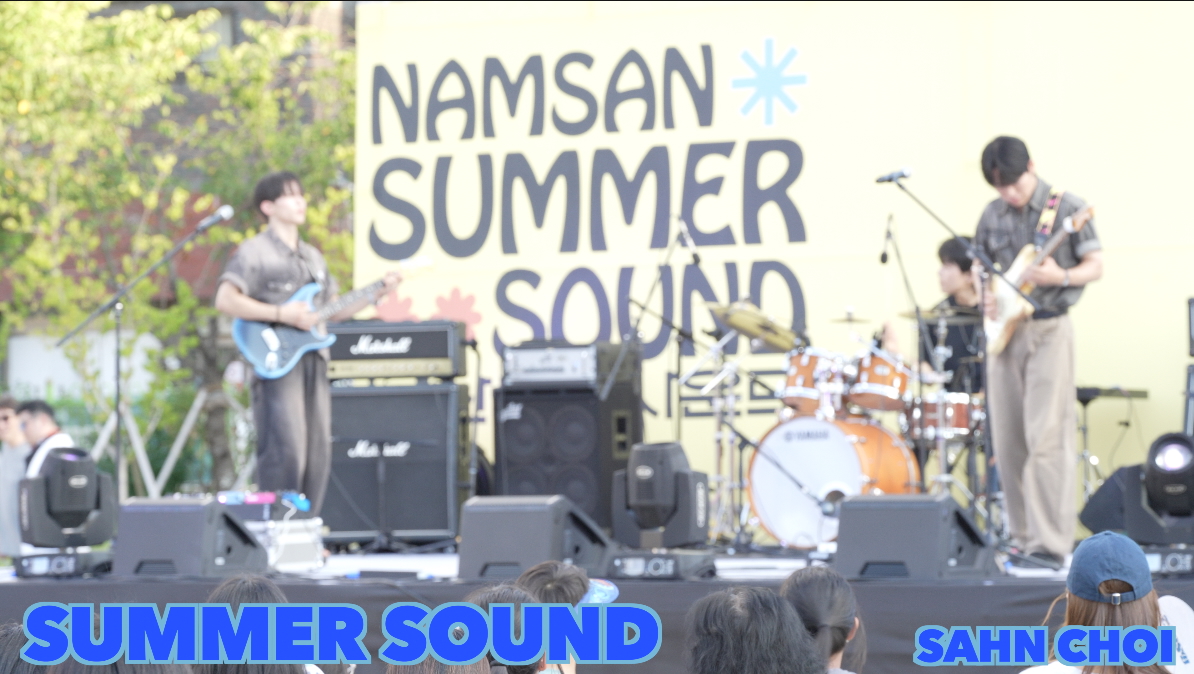

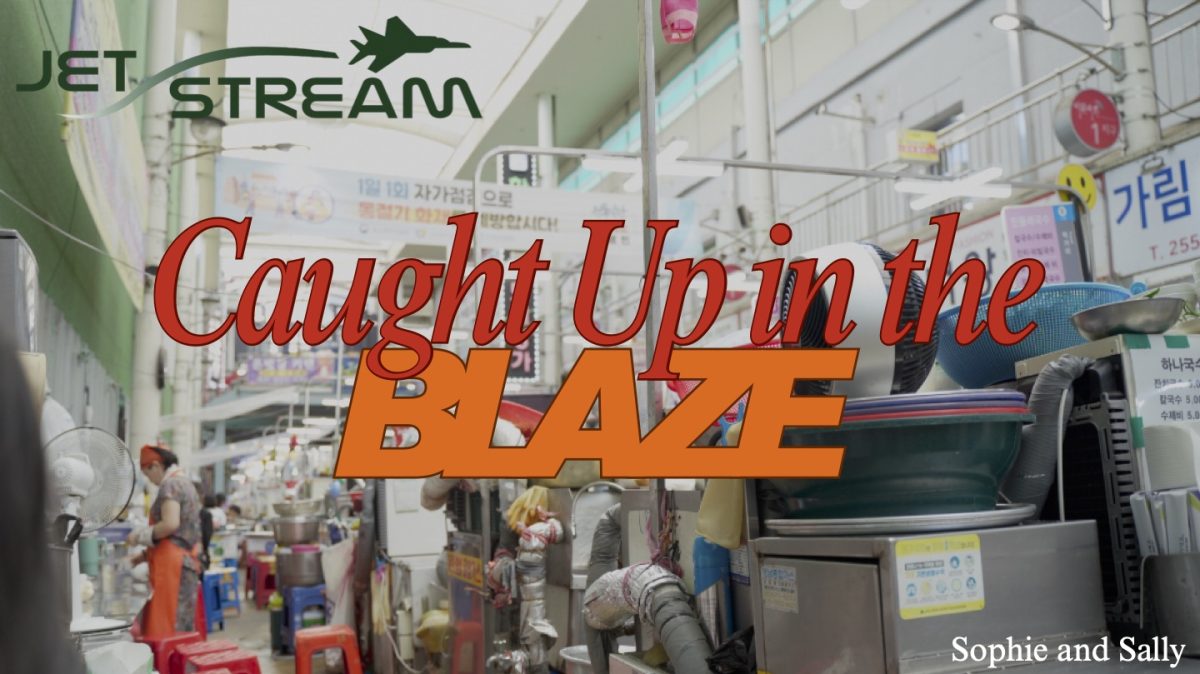




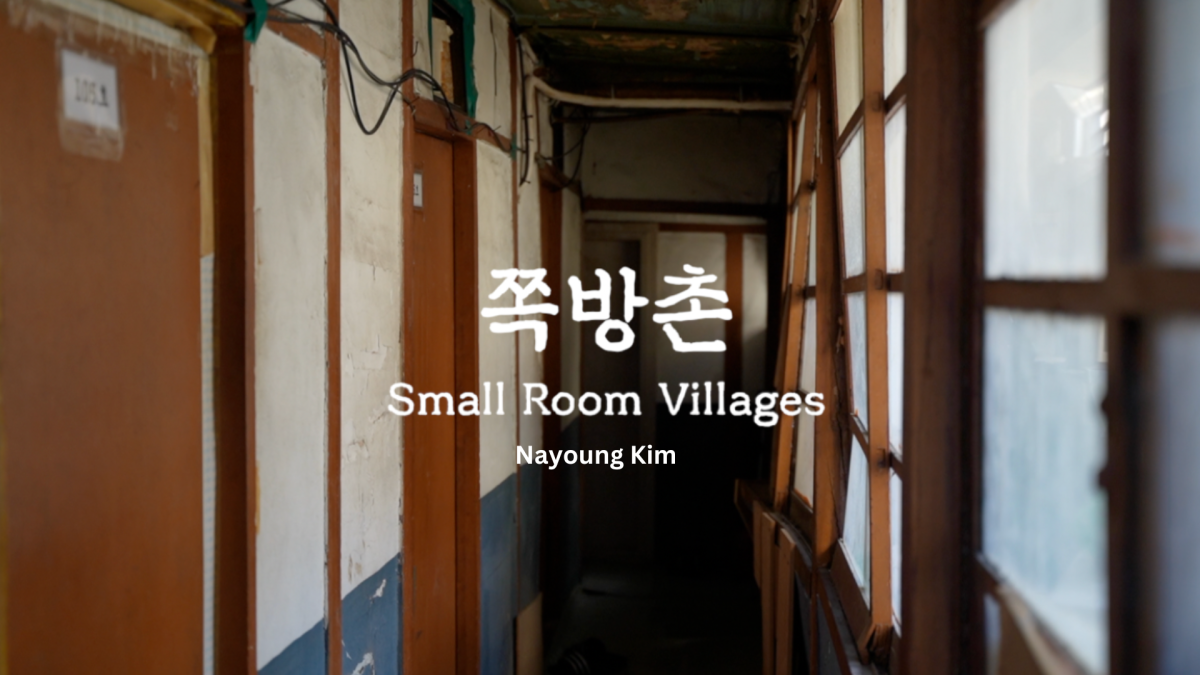
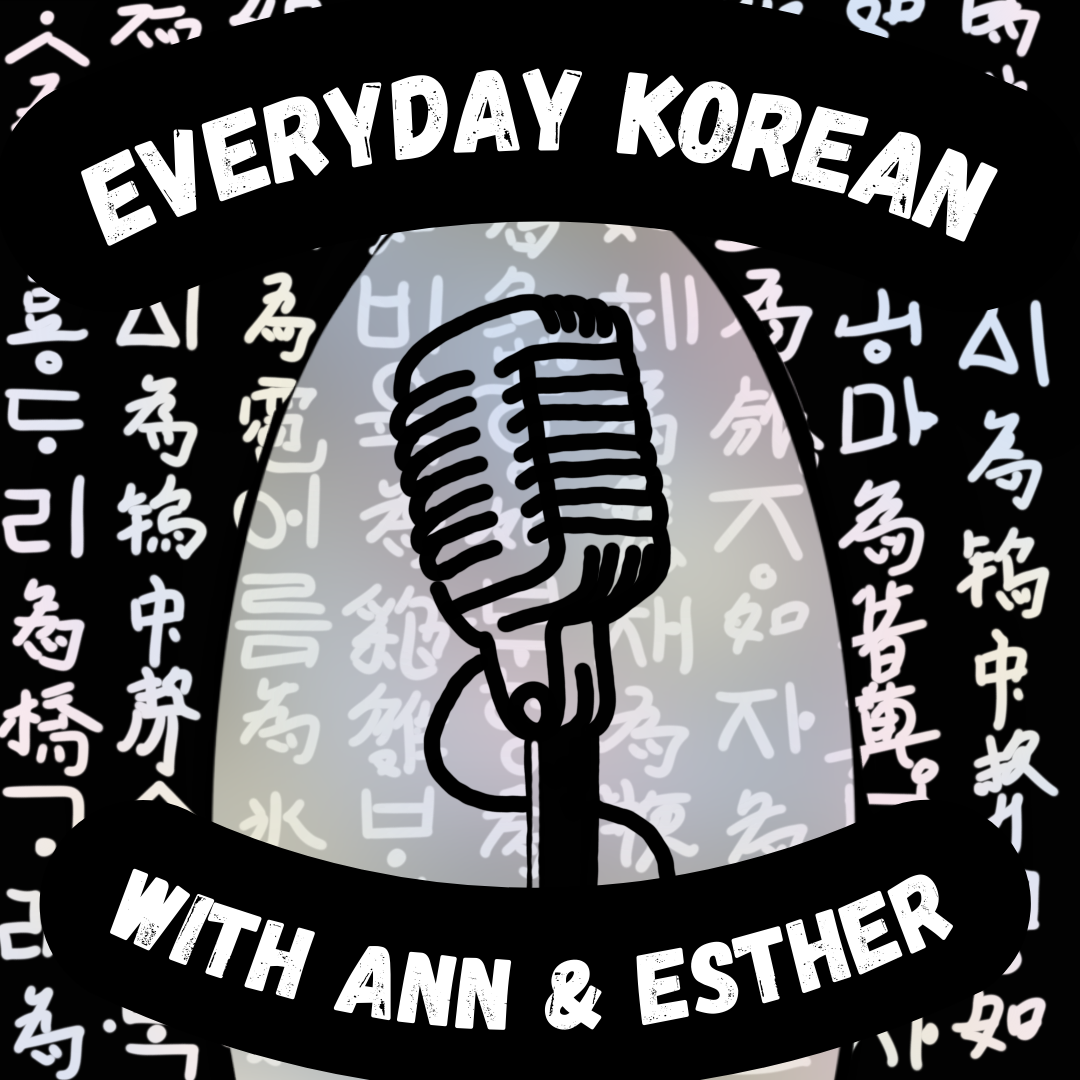

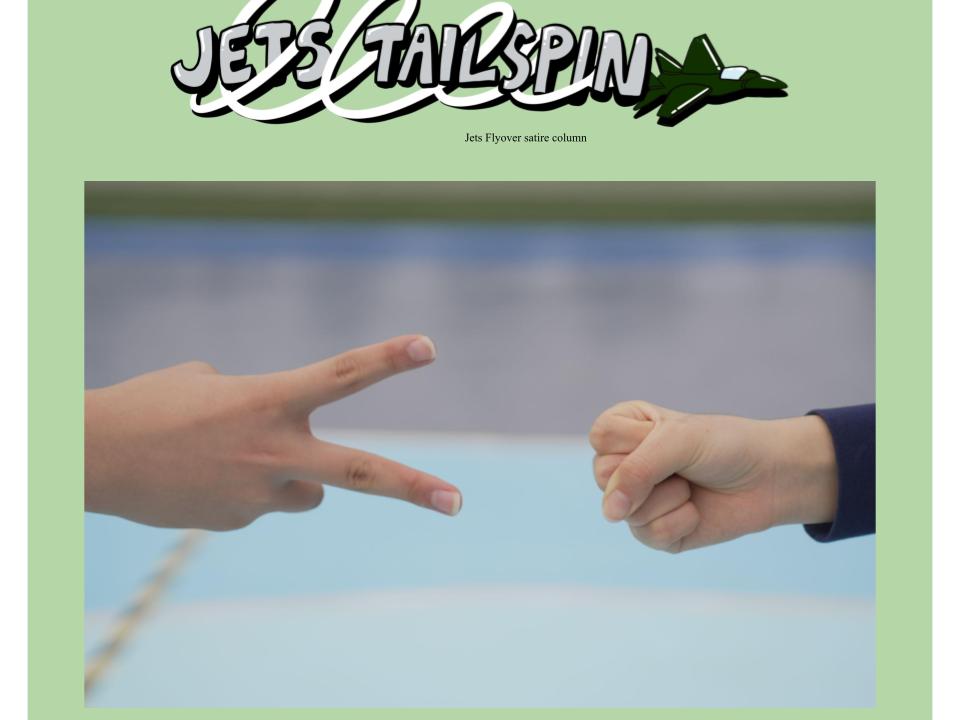


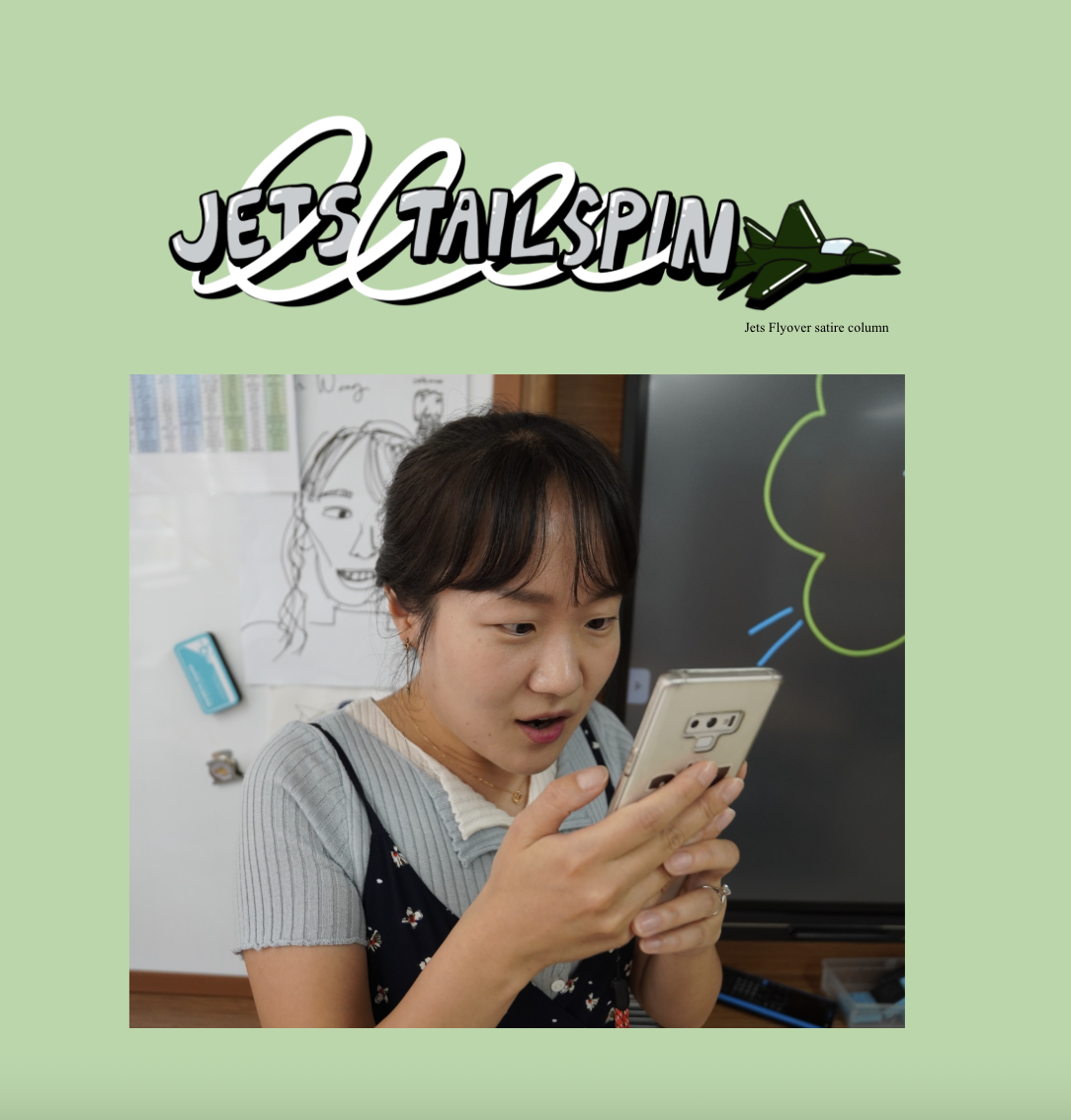




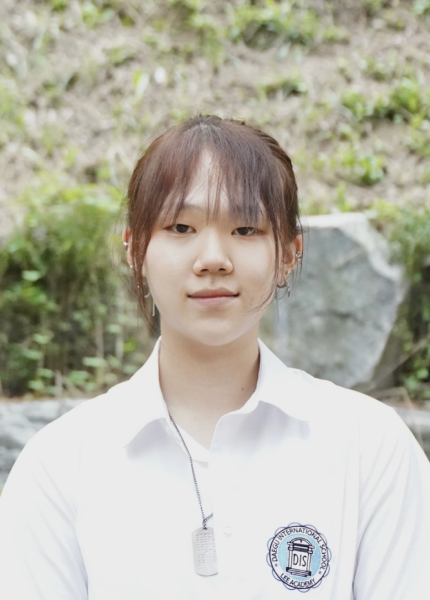
Jimin Shin • Apr 20, 2023 at 7:32 pm
I like that you’re influencing the school community for kids to realize that there are various ways to study, not only by just completely sitting at our desks for hours and hours. Everyone should definitely realize that sometimes, learning by experiencing on the first hand is important and could be more effective. Great job Annie :)!
Jenniee • Apr 13, 2023 at 7:23 pm
Noice
Jenniee • Apr 13, 2023 at 7:23 pm
Nice